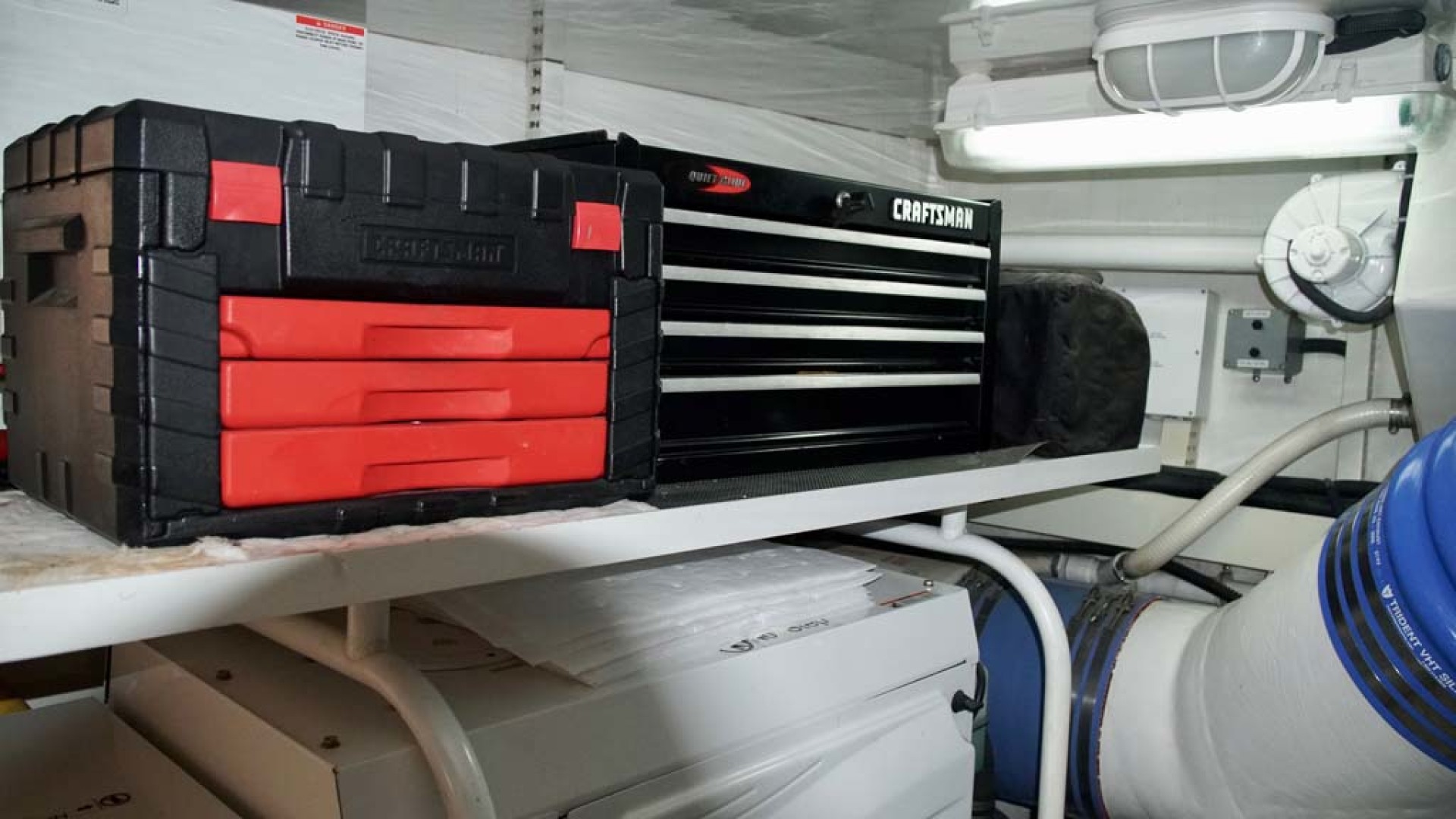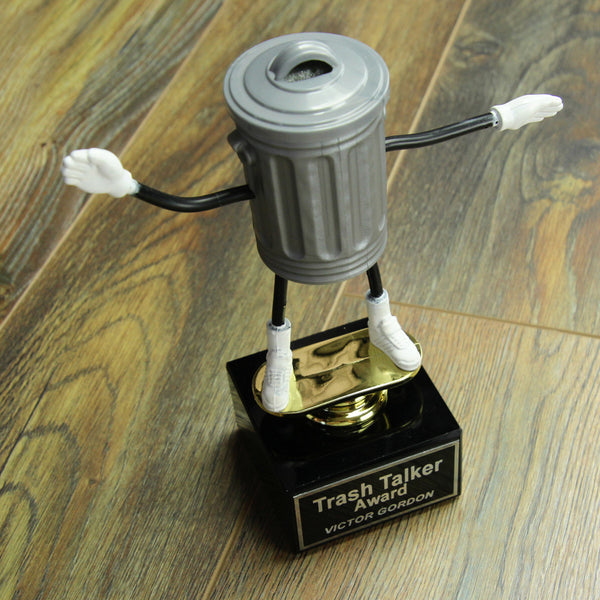
Opponents including the Sierra Club counter that waste-to-energy plants pollute the air and argue that burning trash should not count as renewable energy. Public opposition to these facilities has also played a role. Proponents like Covanta say burning waste for energy saves money on trash hauling, provides a renewable source of power and is better for the environment than landfills, which produce massive amounts of methane and can leach toxins into the soil and groundwater.īut because the US - unlike European countries - has more land to build new landfills and doesn’t have a federal policy that discourages this, waste-to-energy plants have been slow to grow in the US. “We have no policies or legislation that says let’s achieve more sustainable waste management, let’s minimize our landfills,” Gilman says. “Energy recovery isn’t the biggest part of what they do, for but for them to achieve zero waste to landfill, it was the final piece.” “They were aggressive in minimizing their waste and recycling,” Gilman says. Subaru ships about 4 percent of its total waste, or 3,000 tons, to Covanta for disposal and energy and metal recovery each year. “These companies have found that zero waste to landfill is a theme that really resonates with their client base and so they look to us, especially for hard-to-dispose-of materials like paint sludges that can be used to create energy,” Gilman said in an interview with Environmental Leader.įor example, working with Subaru of Indiana Automotive since 2004, the automaker has reduced the amount of waste per vehicle produced by 53 percent, compared to 2000 levels, and “cut costs to the tune of millions of dollars each year through adoption of the four ‘Rs,’” reduce, reuse, recycle and recover for energy. Covanta also works with companies including Subaru and American Airlines to help them achieve zero waste to landfill. Covanta generates energy from waste after all the recyclable materials have been removed.
#Trash talker generator generator#
And, in 2015, Florida’s Palm Beach Renewable Energy Facility Number 2 became the first new such plant to come online since 1995 and the largest single waste-to-energy electricity generator in the country.Īs communities and companies around the US pursue zero-waste-to-landfill and look for renewable energy sources, Covanta’s chief sustainability officer Paul Gilman expects waste-to-energy to play a larger role in sustainable waste management.Ĭovanta, which operates 45 waste-to-energy facilities in North America, China and Europe, slashed carbon emissions at its facilities by 18.2 million metric tons in 2014, according its latest sustainability report, while reducing landfill intake by 20.7 million metric tons. More than one-fifth of the nation’s waste-to-energy electricity generation capacity is in Florida.

While Europe was the largest regional market and accounted for 47.6 percent of total market revenue in 2013, Asia Pacific is expected to register highest growth rate over the forecast period and is expected to grow at an estimated compound annual growth rate of 7.5 percent from 2014 to 2020, the report says.Īt the end of 2015, the US had 71 waste-to-energy plants that generated electricity in 20 states, with a total generating capacity of 2.3 gigawatts, according to the US Energy Information Administration. The global waste-to-energy market is expected to reach $37.64 billion by 2020 growing at a compound annual growth rate of 5.9 percent, up from $25.3 billion in 2013, according to a Grand View Research report. The Chinese government plans to build 300 waste-to-energy plants over the next three years, including the world’s largest such plant in Shenzhen, which, when it opens in 2020, will burn 5,000 metric tons of trash every day. While waste-to-energy has been slow to take off in the US, it’s big business in Europe, driven largely by EU waste legislation. But we think there are better, cleaner, and more efficient ways to get at that carbon and use the potential energy from it.” “For example, some municipal and regional utilities already burn landfill waste as a source for electrical power. “The idea of using waste as energy source really isn’t new,” says Cynthia Jenks, assistant director of scientific planning and division director for chemical and biological sciences for the Ames Laboratory, on the national laboratory’s website. Twelve US national laboratories are currently working together to develop new technologies that can efficiently produce biofuel from waste streams. While more of this could undoubtedly be recovered for recycling, there’s growing interest in diverting other difficult-to-dispose-of waste streams, such as those from agricultural or food production, for example, to energy production.


The US generated about 254 million tons of trash in 2013 and recycled and composted about 87 million tons, or 34 percent, of this material. Let’s talk trash - or, more specifically, turning waste into energy.


 0 kommentar(er)
0 kommentar(er)
